
Narwhal
Narwhal
Narwhal
Do you know an animal called a "narwhal" that has very long and mysterious horns? Didn't the narwhal become the model for the legendary creature called the "unicorn" from its magnificent horns? It seems to be thought. However, narwhals are very difficult animals to breed, so you have to go to the Arctic Ocean, where they live, to see the real thing. Let's take a peek into their lives together to find out what characteristics and secrets narwhals have in this article!
Narwhal Basic Infomation
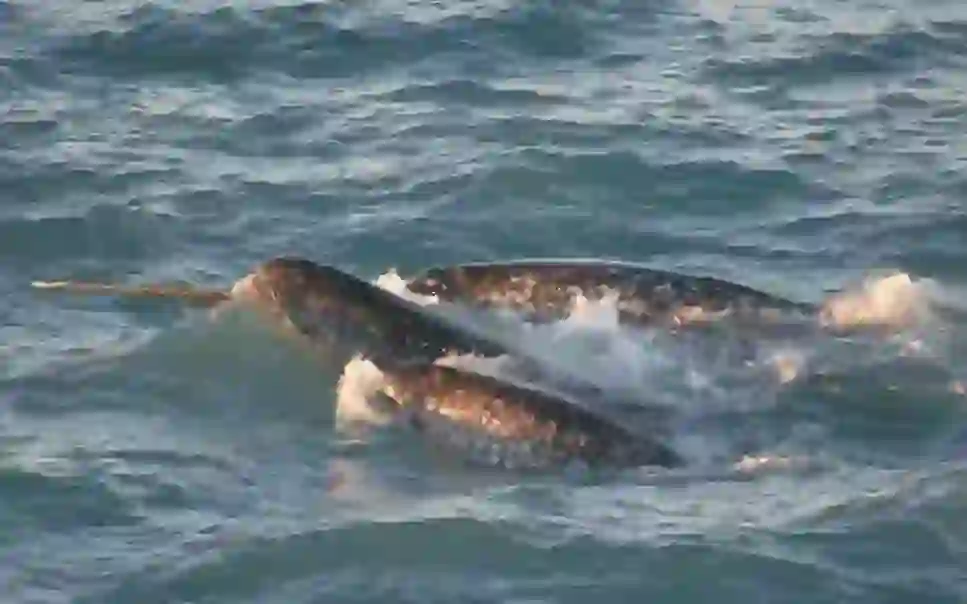
Mammalia-Cetartiodactyla-Monodontidae.
Length:male maximum4.7m female maximum4.2m(※Size without fangs.). Weight:male maximum1600Kg female maximum900Kg.
Narwhal is one of the species of whales that live in the Arctic Ocean.
The color of the body is pale gray with a blackish-brown spot pattern centered on the back, but as you get older, the color of the body gradually becomes whiter.
The biggest feature of narwhals is their fangs, which look like giant horns growing out of their mouths, and these fangs grow through their upper lips.
Narwhals basically live in groups of 15~20 heads. The herd seems to be divided by age and gender.
Sometimes, however, these small herds gather together to form huge herds called "superpods" that can number in the hundreds.
Narwhal males reach sexual maturity at 8~9 years of age, and females reach sexual maturity about 4~7 years after birth, and can reproduce. The gestation period is 14~15 months, and usually one baby is born at a time.
The breeding season is spring, and mating is often carried out around April, and babies are often born around July of the following year. Narwhal babies spend about 20 months with their mothers and learn the knowledge they need to live.
Narwhal Q&A

Where does the narwhal get its name?
This animal, which in English is called "narwhal", in Japanese case it is called "ikkaku". So why are they called ikkaku in Japanese? This time, I would like to introduce its origin.
It is said that the name of the ikkaku is derived from a single large tusk that grows at the mouth, which looks like a horn, so it is said that the name "ikkaku" was given.
By the way, the scientific name is expressed as "monodon monoceros", which means "one tooth".

Why do narwhals live there?
Narwhals live in the Arctic Ocean, migrate to the open sea in autumn as sea ice grows, and migrate to the inner bay, where food is abundant, from spring to summer.
Why do narwhals live in the Arctic Ocean? The clear reason is still unknown at this time.
However, the Arctic Ocean is rich in phytoplankton, and fish and shellfish that feed on plankton are also abundant.
In addition, there are many animals such as walruses and beluga whales that target the fish and shellfish, polar bears and orcas that eat walruses and beluga whales.
Based on this, isn't one of the reasons narwhals live in the Arctic Ocean because of their abundance of food? It is considered.
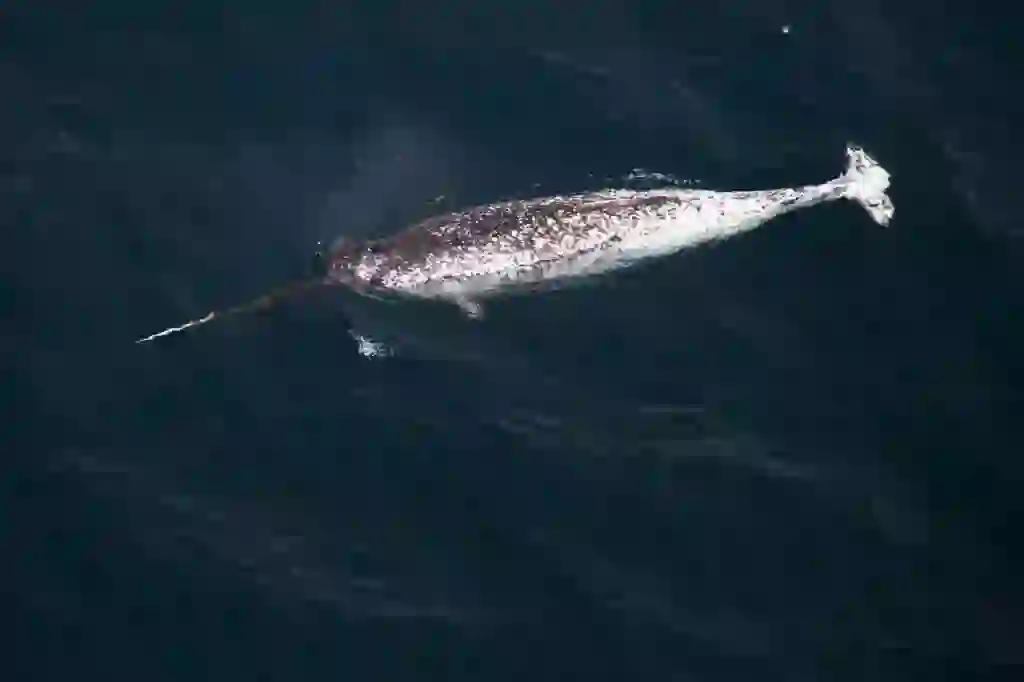
What do narwhals eat?
Narwhals are carnivorous animals, feeding on fish (flounder, cod, etc.), cephalopods (squid, octopus, etc.), crustaceans (crabs, shrimp, etc.).
As I will explain in detail later in "What are the characteristics of narwhal horns (fangs)?", Narwhals have only two teeth.
Since neither tooth can chew due to its structure, narwhals suck in fish and shrimp and eat them whole.
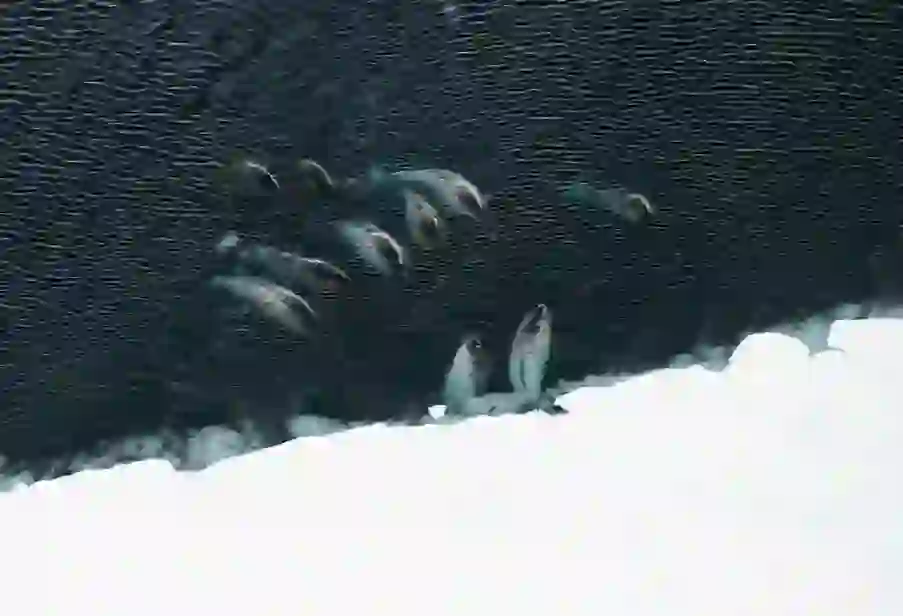
What kind of personality does a narwhal have?
The nature of narwhals is said to be very delicate and timid.
When you try to approach a narwhal by boat, it senses sounds and vibrations and quickly dives deep and escapes. Therefore, it is said that it is difficult to see them up close, observe them, and conduct research.
By the way, narwhals can dive for up to 20 minutes, and it is said that they can swim up to 1000m deep.
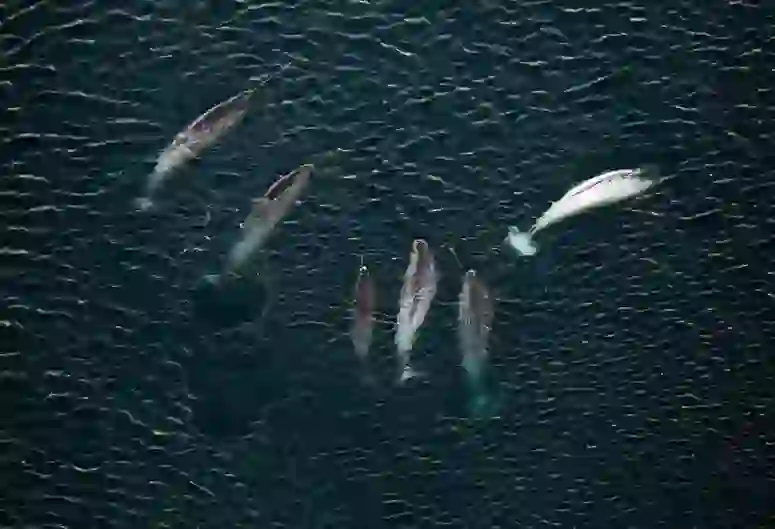
What is the difference between narwhals and dolphins?
First of all, narwhals and dolphins are considered to be a type of whale.
Next, both whales and dolphins are animals classified as "cetaceans", and they live and eat almost the same food.
In fact, there is no big difference between whales and dolphins, and cetaceans with a body size of about 4m or more are called whales, and animals less than 4m are called dolphins. Therefore, narwhals that grow up to 4.7m in length are classified as whales, not dolphins.
In addition, narwhals are classified as "monodontidae" along with beluga whales (belugas) and are known to have characteristics that are different from other whales.
One of the characteristics is found in the neck bones, and many whale members cannot move their necks freely because part of the neck bones are attached to them, but the neck bones of narwhals and beluga whales are not attached, so they can move their necks freely.
In addition, these two species may interbreed in the natural environment due to their habitat and genetic proximity. Therefore, whales that are thought to be hybrids of two species with the characteristics of both narwhal and beluga whale have been sighted around the Arctic Ocean.
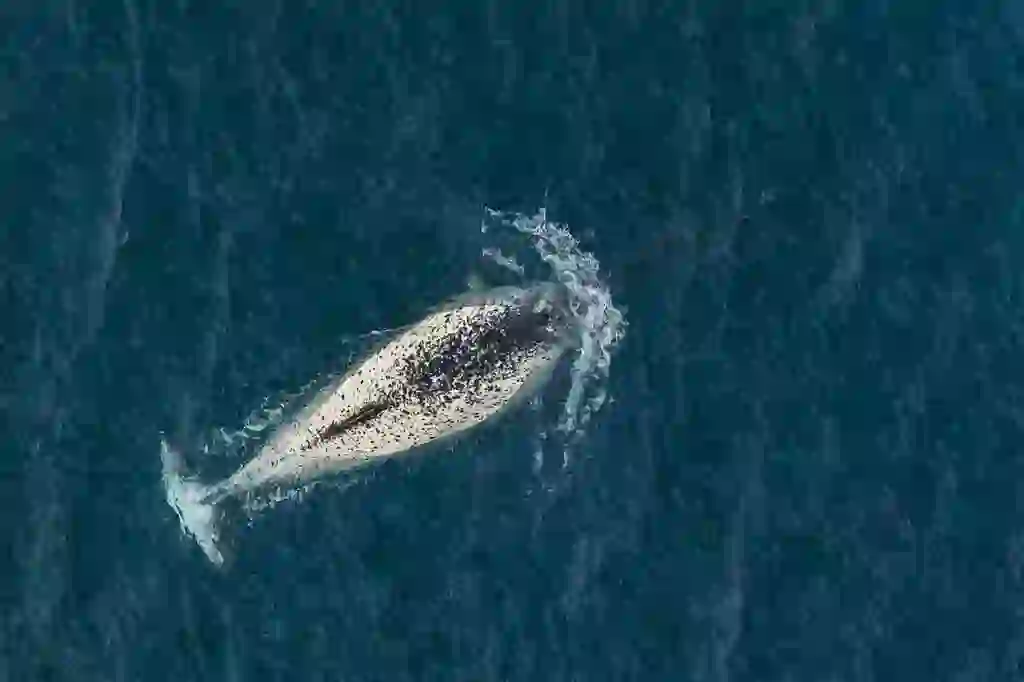
What are the characteristics of narwhal horns (fangs)?
The horns that grow from the mouth of narwhals are not horns like deer or cows, but fangs that have developed front teeth and become huge.
Narwhals have a large body, but in fact they have only two teeth in their mouths.
Of the two front teeth, only the left tooth, and only the male tooth, breaks through the upper lip and goes out, twisting to the left and continuing to extend to reach a maximum length of 3m.
On the other hand, the right tooth mysteriously basically does not extend and remains buried in the upper jaw bone and does not go out.
In addition, the right teeth of males and the left and right teeth of females basically do not extend.However, in rare cases, there are males with left and right teeth extended, and females that grow their teeth like males.
In the case of even rarer individuals, some females seem to have both left and right teeth extended.
The fangs of narwhals are originally white, but interestingly, they can also be green due to algae.
That said, since the tips of the fangs are polished by touching various places, it is said that there are many narwhals with white fangs, which are also the original color. By the way, the tusks of narwhals are very flexible and can be bent in any direction.

Why do narwhals have big horns (fangs)?
In fact, it is still unknown at this time why male narwhals have large kiva and what kiva is used for.
There are various theories about how narwhal tusks are used, but the first one I will introduce is that "males use it to appeal themselves to females" or "males use it to fight over females".
Apparently, the longer the fangs of narwhals, the more attractive they are, and males are often seen putting their fangs out on the surface of the sea to compare their lengths, bumping their fangs against each other and rubbing them against each other, a behavior called "sparring".
Therefore, wounds on the face of narwhal males that are thought to have been inflicted with the fangs of other males are often seen.
There is also a theory that fangs have the role of sensors.
It has been found that narwhal fangs have small holes on the surface that allow seawater to enter the interior, and that nerves are stretched inside.
Therefore, it is thought that narwhals may use their fangs to obtain various information such as salinity, water temperature, and water pressure in seawater and sense changes in the surrounding environment.
There is also a theory that it is used to take food efficiently, but it has been pointed out that this does not explain why females do not have fangs.
However, in fact, male narwhals have been seen many times sticking their fangs into fish and catching fish. Considering this, it seems that there are a certain number of narwhals that use their tusks to take food.
There are various other theories about how fangs are used, such as "weapons when fighting killer whales and polar bears, which are natural enemies", "tools for making holes for breathing in thick ice", and "tools for digging shellfish on the seabed", but at the moment it is not known which theory is correct or incorrect.

Is it true that narwhals became models for unicorns?
Yes, according to one theory, the legendary creature "unicorn" may have been modeled after a narwhal.
A horse-like animal with a single long horn on its forehead, the unicorn was considered a mysterious creature in medieval Europe.
Unicorn horns are prized because they are thought to have mystical powers, are effective against all diseases, and have a detoxifying effect, and at one time they were traded at a higher price than gold.
However, it is believed that what was actually traded at this time was not unicorn horns, but narwhal fangs or walrus fangs.
Certainly, if you see a narwhal horn in an era when the Internet has not developed like today, some people may think that it is a unicorn horn because of its size and presence.
By the way, narwhal tusks are thought to have antipyretic and sedative effects, and were sometimes added to herbal medicine.

Is there an aquarium where you can see narwhals in Japan?
Unfortunately, there are no aquariums that breed and exhibit narwhals in Japan.
Narwhals live in the Arctic Ocean, where people cannot easily reach or live, and are very timid and nervous animals.
Therefore, there are many mysteries compared to beluga whales that live in the same Arctic Ocean, and their life and ecology are often not clarified.
There have been aquariums that have tried to keep them in the past, but they are difficult to keep for various reasons such as "difficult to reproduce the environment of the Arctic Ocean", "large body", and "timid personality", and there has not been a single case where they have been able to keep them for a long time.
By the way, it is not a live narwhal, but at the Toba Aquarium in Mie Prefecture, stuffed real narwhals and narwhal fangs are on display.
In the past, there has been an event called "Actually touching the fangs of narwhal", so there may be a possibility that similar events will be held in the future!

What is the lifespan of a narwhal?
There are various theories about the lifespan of narwhals, but it is thought that it is 30~40 years (up to about 50 years) in the wild.
No specific information was found about the lifespan in captivity, but it seems that all the individuals kept in the facility were short-lived.

What enemies do narwhals have?
The natural enemies of narwhals are large carnivores orcas, polar bears and walruses. Narwhals swim freely in the sea, but sometimes they are attacked and eaten by these animals.
But for narwhals, our greatest enemy is us humans.
Narwhal tusks were believed to have medicinal properties, so there is a sad history of overfishing for tusks in the past.Currently, it is protected worldwide to prevent overfishing, but it seems that it is sometimes the target of trophy hunting for fine fangs.
In addition, the sea ice of the Arctic Ocean melts due to the effects of global warming, and conversely, the sea ice becomes abnormally thick, and it is thought that these phenomena threaten the lives of narwhals.
Narwhals have a habit of hiding in sea ice to protect themselves from their natural enemies, such as killer whales and walruses. However, when the sea ice melts, it becomes impossible to hide and protect yourself.
On the other hand, if the sea ice becomes too thick, it seems that there are tragic accidents in which narwhals are trapped and suffocate to death.
By the way, for the indigenous Inuit people, narwhals have become one of the valuable food sources.
Therefore, Inuit people are still allowed to hunt narwhals after deciding the number and method of catching them per year in order to preserve their traditional way of life.
Narwhal skin is used as food rich in precious vitamin C in the Arctic, meat is used as food for dogs pulling sleds, and fangs are used as a source of valuable cash income.
Narwhals are classified as "Appendix II" as not necessarily threatened with extinction under the Washington Convention but threatened with extinction if trade is not regulated, and "Low Concern" under the International Union for Conservation of Nature Red List as having a low risk of extinction.

Would you like to become a part of the 'Animalbook.jp'?
Turn your knowledge into Q&A and share it with the world. ※Publication will be activated after purchase. Let's share information together!
Narwhal Type of List
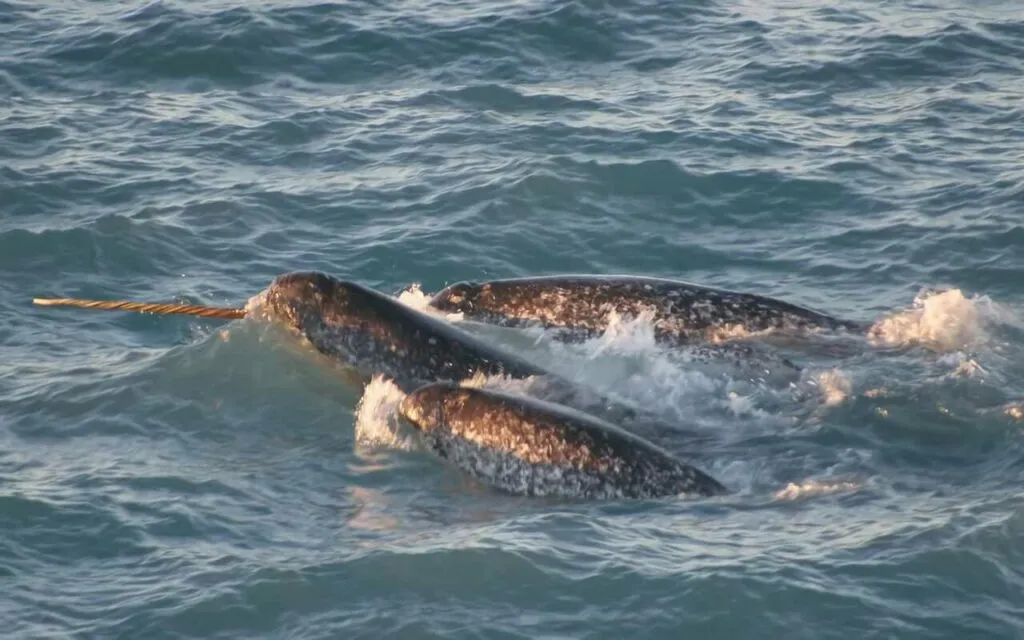
- Narwhal
Information
Congratulations! You are the first commenter!

Create Your Favorite List!
Narwhal
Save the animals you love! Build your own list to quickly revisit your favorites later.

Would you like to leave a comment?
※Please note: This is for the purchase of rights to post comments within the article.
Find Your Favorites!
Our shop offers a unique and attractive selection of goods themed around various animals.
Narwhal References

- D.W. マクドナルド (1986年)『動物大百科 2海生哺乳類』平凡社
- 水口 博也 (2010年)『クジラ・イルカ生態写真図鑑―知られざる素顔に迫る』講談社
- 水口 博也 (2013年)『クジラ&イルカ生態ビジュアル図鑑』誠文堂新光社
- WWFジャパン「海の一角獣がもつ「北極の象牙」を調査中」 https://www.wwf.or.jp/staffblog/activity/540.html
- Yahooニュース「極北の珍獣「イッカク」の角は何のためにあるのか」 https://news.yahoo.co.jp/byline/ishidamasahiko/20200616-00183385/
- カナダシアター「もっと知りたい イッカク」 https://www.canada.jp/stories/post-15975/
- 新江ノ島水族館「2012/09/08 イルカ・クジラ入門 5 ~イルカ・クジラはどのくらい潜る?~」 https://www.enosui.com/diaryentry.php?eid=02429
- ナショナルジオグラフィック「動物大図鑑 イッカク」 https://natgeo.nikkeibp.co.jp/nng/article/20141218/428799/
- ナショナルジオグラフィック「イルカとイッカク、北極のハイブリッド」 https://natgeo.nikkeibp.co.jp/nng/article/news/14/3550/
- ナショナルジオグラフィック「イッカクの牙は感覚器?」 https://natgeo.nikkeibp.co.jp/nng/article/news/14/9048/
- American Cetacean Society「Narwhal」 https://www.acsonline.org/narwhal
- WWF「Narwhal」 https://www.worldwildlife.org/species/narwhal
Narwhal Introduction of media used
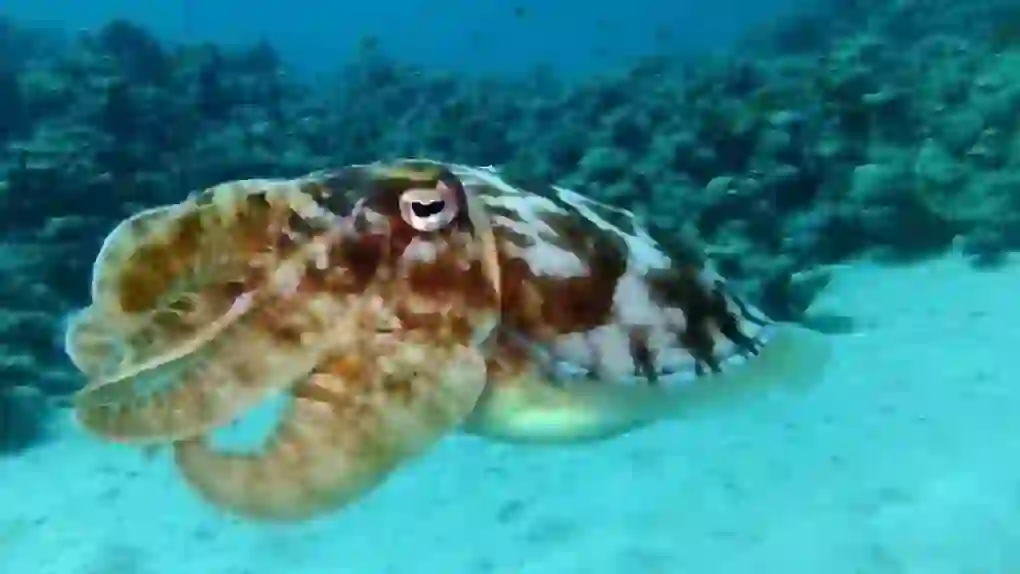
food
出典:https://unsplash.com/photos/j8BRxbtTwTQ

food
出典:https://commons.wikimedia.org/wiki/File:Octopus_Martinique.jpg

similar
出典:https://pixabay.com/images/id-5137618/
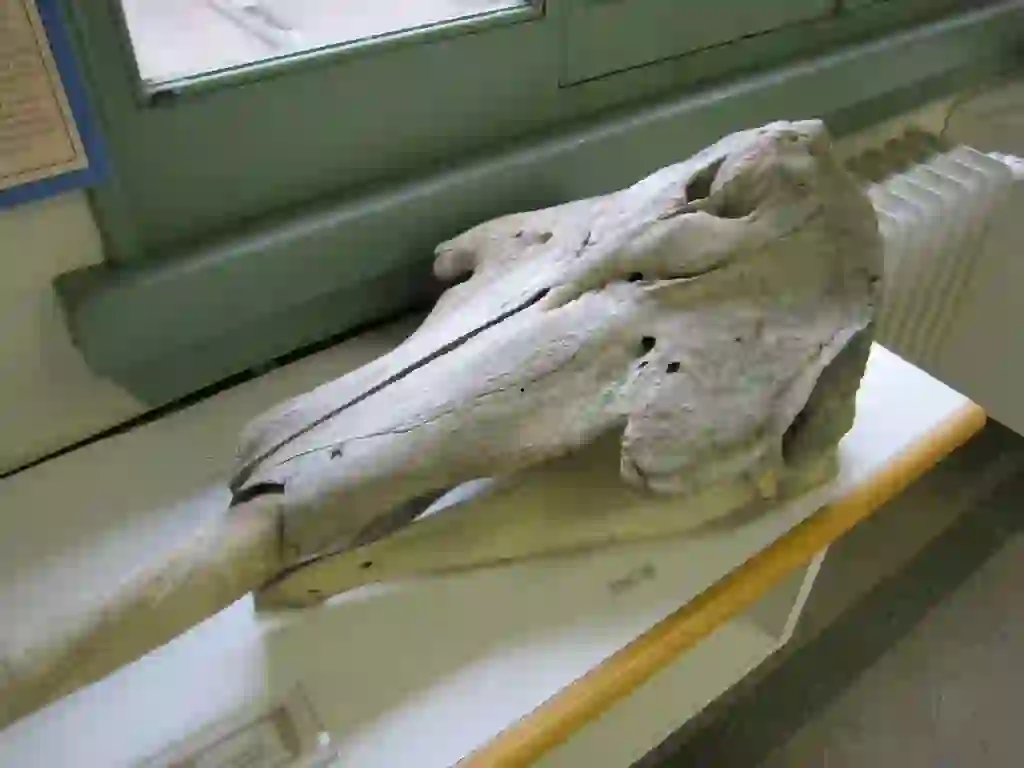
other
出典:https://commons.wikimedia.org/wiki/File:Monodon_monoceros_(cranio_Narvalo,_Narwhal_skull),_museo_di_Bologna.JPG

出典:https://commons.wikimedia.org/wiki/File:Narwhal_satellite.jpg
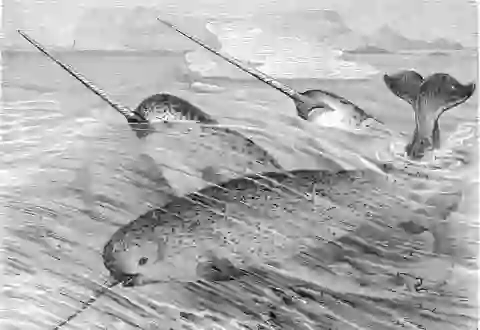
other
出典:https://commons.wikimedia.org/wiki/File:Monodon_monoceros.jpg
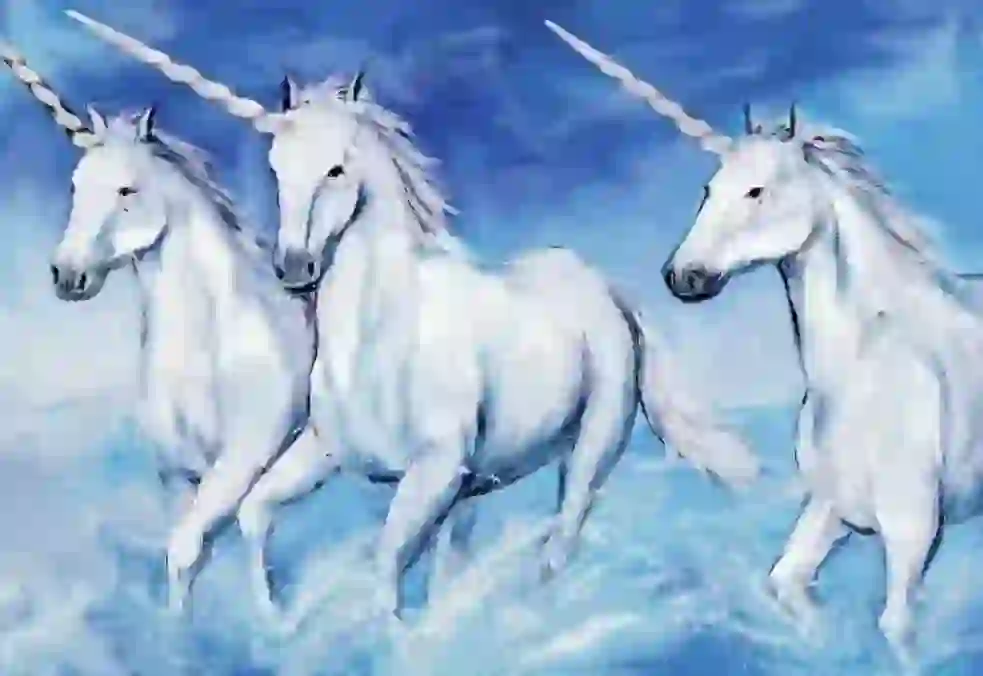
similar
出典:https://pixabay.com/images/id-1607385/

other
出典:https://commons.wikimedia.org/wiki/File:Monodon_monoceros_MuMo.jpg

enemy
出典:https://pixabay.com/images/id-2074882/
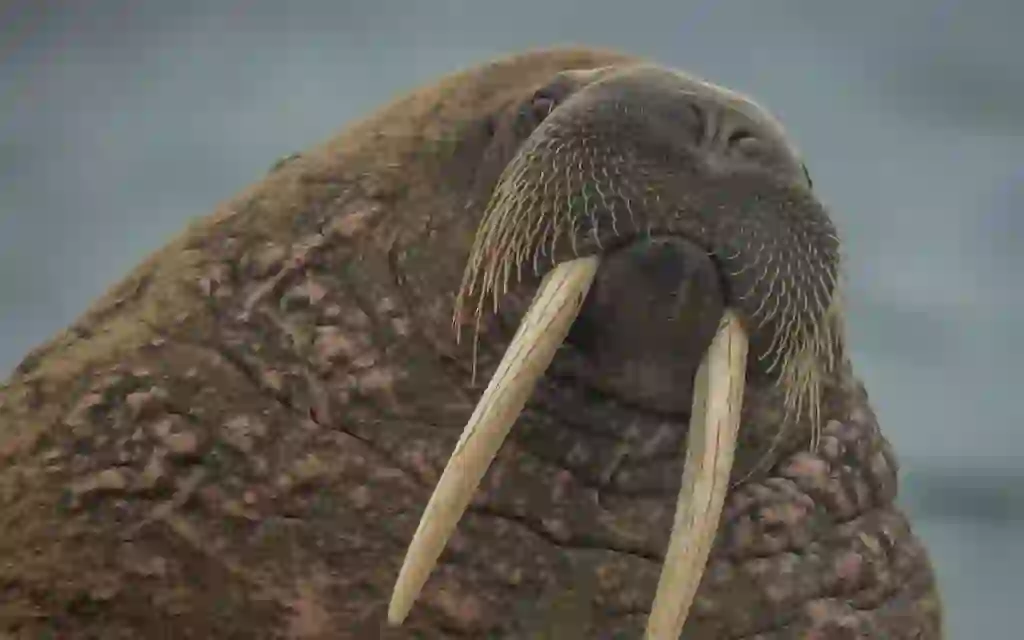
enemy
出典:https://commons.wikimedia.org/wiki/File:Walrus_(Odobenus_rosmarus)_on_Svalbard.jpg

other
出典:https://commons.wikimedia.org/wiki/File:The_American_Museum_journal_(c1900-(1918))_(18160747675).jpg

Help Enrich Our Animalbook.jp with Your Media!
We are constantly looking to expand and enrich our Animalbook.jp with amazing photos and videos of animals. If you have any media that you'd like to share, please contribute and help us showcase the beauty and diversity of the animal kingdom. Your submissions will be credited and featured in our encyclopedia, reaching a wide audience of animal lovers.


















